GENOMICS
an the other -omics
Genomics
Genetic information is encoded in the nucleotide sequences of DNA. It is DNA that transmits heritable information from parents to offspring. DNA sequences called genes program a cell’s protein production by being transcribed into mRNAs and then translated into specific proteins, a process called gene expression. Gene expression also results in RNAs that are not translated into protein but serve other important functions. Genomics is the large-scale analysis of the DNA sequences of a species (its genome) as well as the comparison of genomes between species. Bioinformatics uses computational tools to deal with huge volumes of sequence data. Genomics is the study of the entire genome of an organism. It is an important branch of molecular biology which deals with recombinant DNA technology, DNA sequencing, and Bioinformatics to investigate the structure and function of the genome (organisms’ complete set of DNA).
DNA is composed of four bases, and the genetic information within a gene is written in four base languages which are required for making the organism. Genes are responsible for making proteins, and they are the units of DNA that carry the instructions for making a specific protein or set of proteins in a cell. Hence, the studies which carried out about genes are really important for understanding the complex diseases, genetic disorders, mutations, important gene regulations, interactions between genes and environmental factors, disease diagnosis, developing treatments and therapies, etc. Thus, genomic studies are very important since it addresses all genes and their interactions and behaviours. Grabi Chemical has approached the latest technologies for the analysis of the genome, including the NGS (Next Generation Sequencing). The introduction of NGS technology has transformed the way scientists think about genetic information. Researchers can now analyze thousands to tens of thousands of samples in a single year.
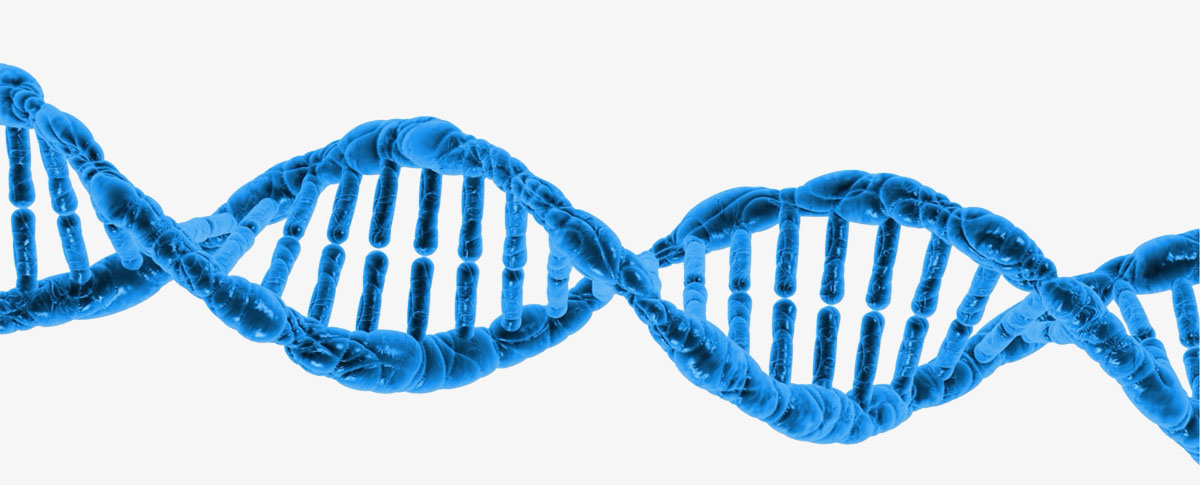
Transcriptomics
Transcriptomics technologies are the techniques used to study an organism’s transcriptome, the sum of all of its RNA transcripts. The information content of an organism is recorded in the DNA of its genome and expressed through transcription. Here, mRNA serves as a transient intermediary molecule in the information network, whilst noncoding RNAs perform additional diverse functions. A transcriptome captures a snapshot in time of the total transcripts present in a cell.
The first attempts to study the whole transcriptome began in the early 1990s, and technological advances since the late 1990s have made transcriptomics a widespread discipline. Transcriptomics has been defined by repeated technological innovations that transform the field. There are two key contemporary techniques in the field: microarrays, which quantify a set of predetermined sequences, and RNA sequencing (RNA-Seq), which uses high-throughput sequencing to capture all sequences.
Measuring the expression of an organism’s genes in different tissues, conditions, or time points gives information on how genes are regulated and reveals details of an organism’s biology. It can also help to infer the functions of previously unannotated genes. Transcriptomic analysis has enabled the study of how gene expression changes in different organisms and has been instrumental in the understanding of human disease. An analysis of gene expression in its entirety allows detection of broad coordinated trends which cannot be discerned by more targeted assays.
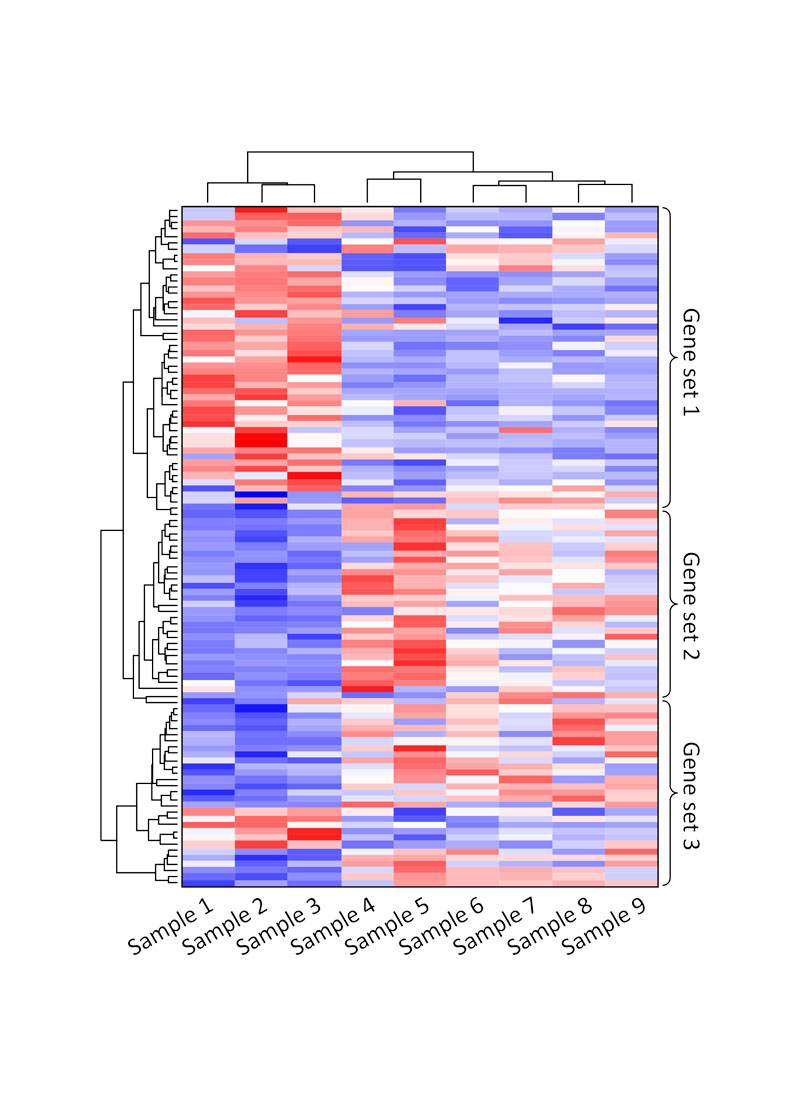
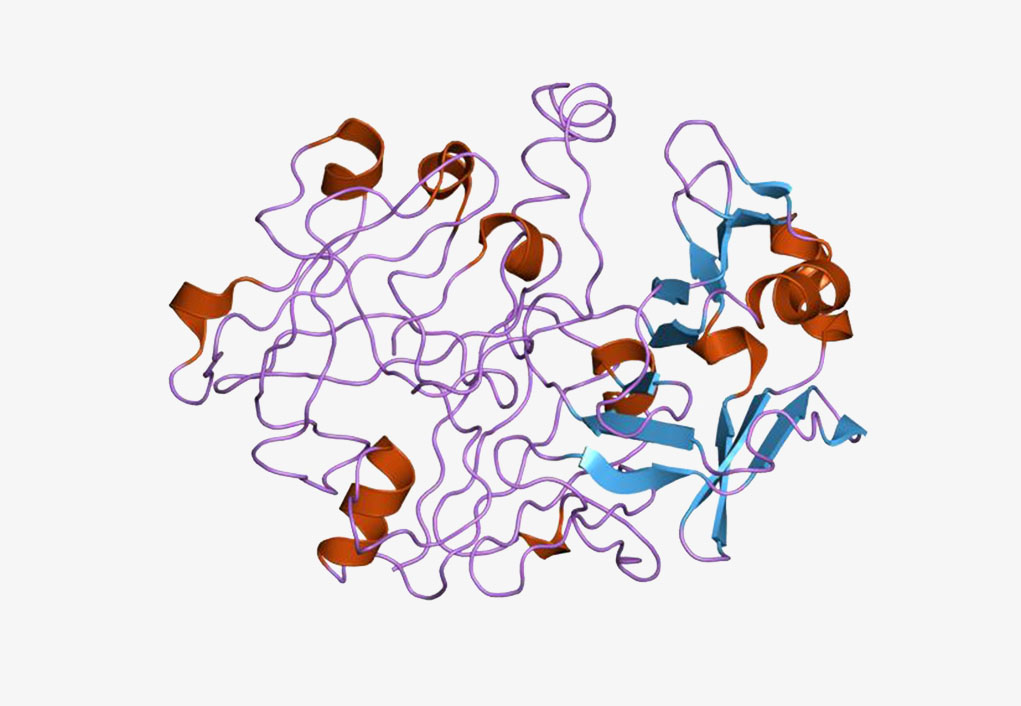
Proteomics
Proteins are essential macromolecules found in cells. They are important for many physiological functions occurring in an organism. Almost all biochemical reactions are catalyzed by the proteins present in the cells. Genes are stored with genetic instructions to produce proteins. The genetic code is transformed into an amino acid sequence which determines a particular protein. This process is known gene expression. When required, genes are expressed and synthesized as proteins. The entire protein set of a cell is known as proteome. The study of the proteome of a cell is known as proteomics. The structures, characteristics, interactions and functions of proteins are studied under proteomics to investigate how proteins affect the cellular processes.
Organisms contain thousands of different proteins which serve a variety of functions in the cells. Genomic studies provide key information to perform proteomic studies since genes encode for mRNA molecules and mRNA encode for proteins. Proteomics studies are important in many fields; this is especially useful in cancer biology, where it can be used to reveal abnormal proteins that lead to cancers.
Metabolomics
Proteins are essential macromolecules found in cells. They are important for many physiological functions occurring in an organism. Almost all biochemical reactions are catalyzed by the proteins present in the cells. Genes are stored with genetic instructions to produce proteins. The genetic code is transformed into an amino acid sequence which determines a particular protein. This process is known gene expression. When required, genes are expressed and synthesized as proteins. The entire protein set of a cell is known as proteome. The study of the proteome of a cell is known as proteomics. The structures, characteristics, interactions and functions of proteins are studied under proteomics to investigate how proteins affect the cellular processes.
Organisms contain thousands of different proteins which serve a variety of functions in the cells. Genomic studies provide key information to perform proteomic studies since genes encode for mRNA molecules and mRNA encode for proteins. Proteomics studies are important in many fields; this is especially useful in cancer biology, where it can be used to reveal abnormal proteins that lead to cancers.
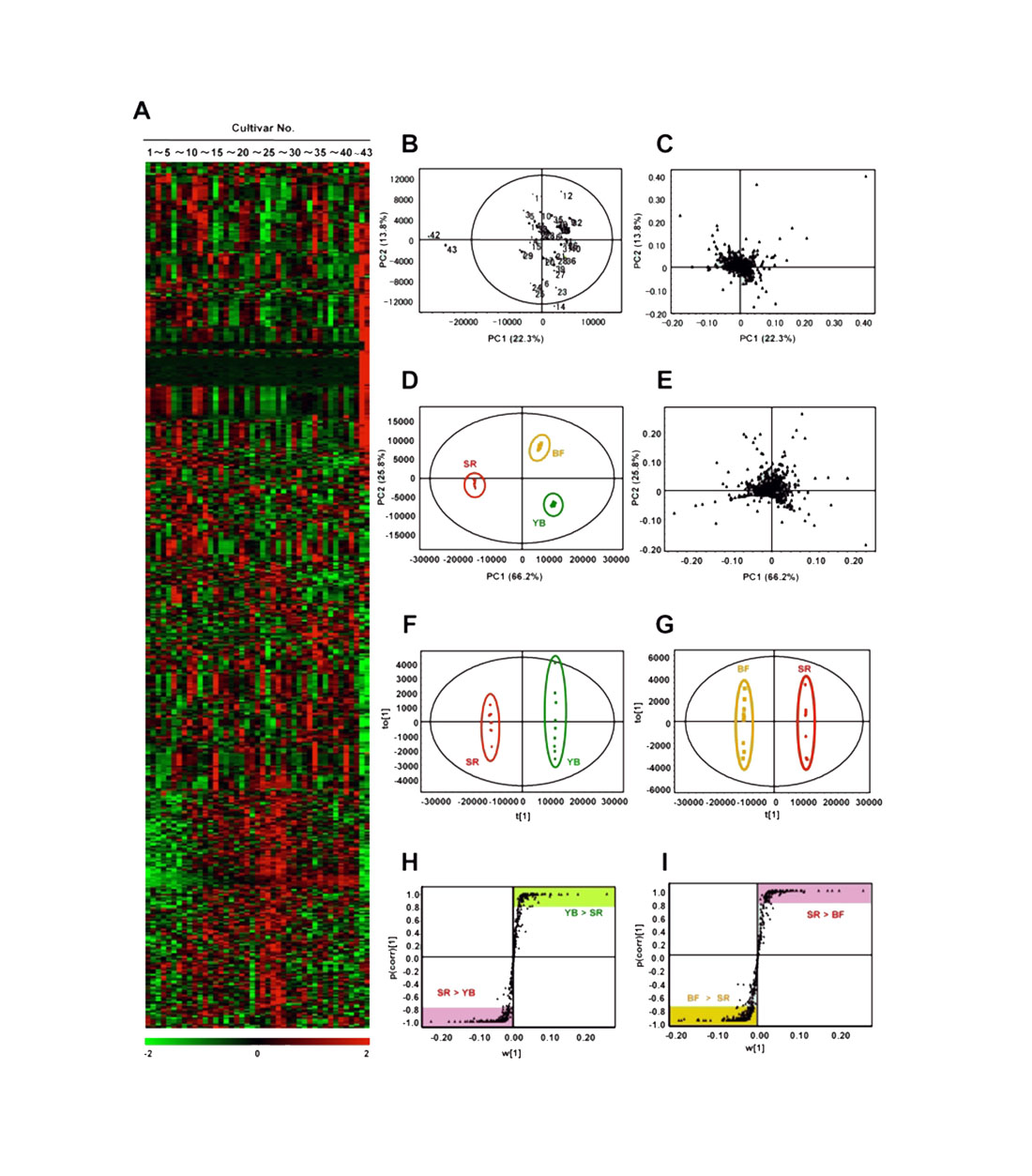
The Process

Step 1

Arabidopsis Thaliana
The plant model used in this field is the Arabidopsis Thaliana. The reason why it is used this plant is that Arabidopsis is a very small plant with a completely sequenced genome. It takes only few months to make large experiments.
Step 2

Extract of transcripts
We always follow a pre-defined lab protocol to decide the timing of the process. We make different experiments by extracting the transcripts after 4 / 8 / 12 etc hours from the time of the treatment. In this way we are able to identify what genes are activated and what genes react after a specific time.
Step 3

Bioinformatics
Grabi chemical takes advantage of all the bioinformatic tools in order to reach the target, such as NGS and DNA microarray.
Step 4

Results
Bioinformatic Data Analysis allows the identification and quantification of expressed genes. The comparison of the profile obtained with the test substance with profile of an untreated check allows the characterisation of the effects of the test substance on Arabidopsis Thaliana genome. In this way we are able to decrypt and map the genome.
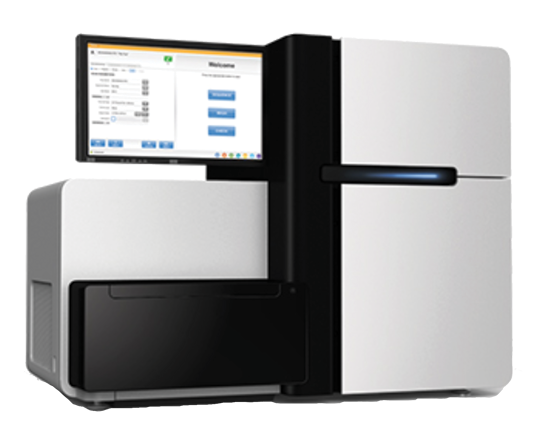
The introduction of NGS technology has transformed the way scientists think about genetic information. Researchers can now analyze thousands to tens of thousands of samples in a single year.
Gene-expression Profiling
mRNA sequencing (mRNA-Seq) detects known and novel transcripts and measures transcript abundance for accurate, comprehensive expression profiling.
Coding Transcriptome Analysis
Detect both known and novel features of the RNA exome using sequence-specific capture of RNA coding regions
Genotyping by Sequencing
Genotyping by sequencing provides a low-cost genetic screening method to discover novel plant and animal SNPs and perform genotyping studies
Trageted RNA Expression Analysis
Targeted RNA sequencing (RNA-Seq) focuses on specific transcripts of interest, used to analyze gene expression and identify fusion genes
DNA Protein Interaction Analysis
Combining chromatin immunoprecipitation (ChIP) assays with sequencing, ChIP-Seq is a powerful method for genome-wide surveys of gene regulation
Targeted Gene Panels
Targeted gene sequencing panels contain defined probe sets focused on specific genes of interest. Both predesigned and custom panels are available
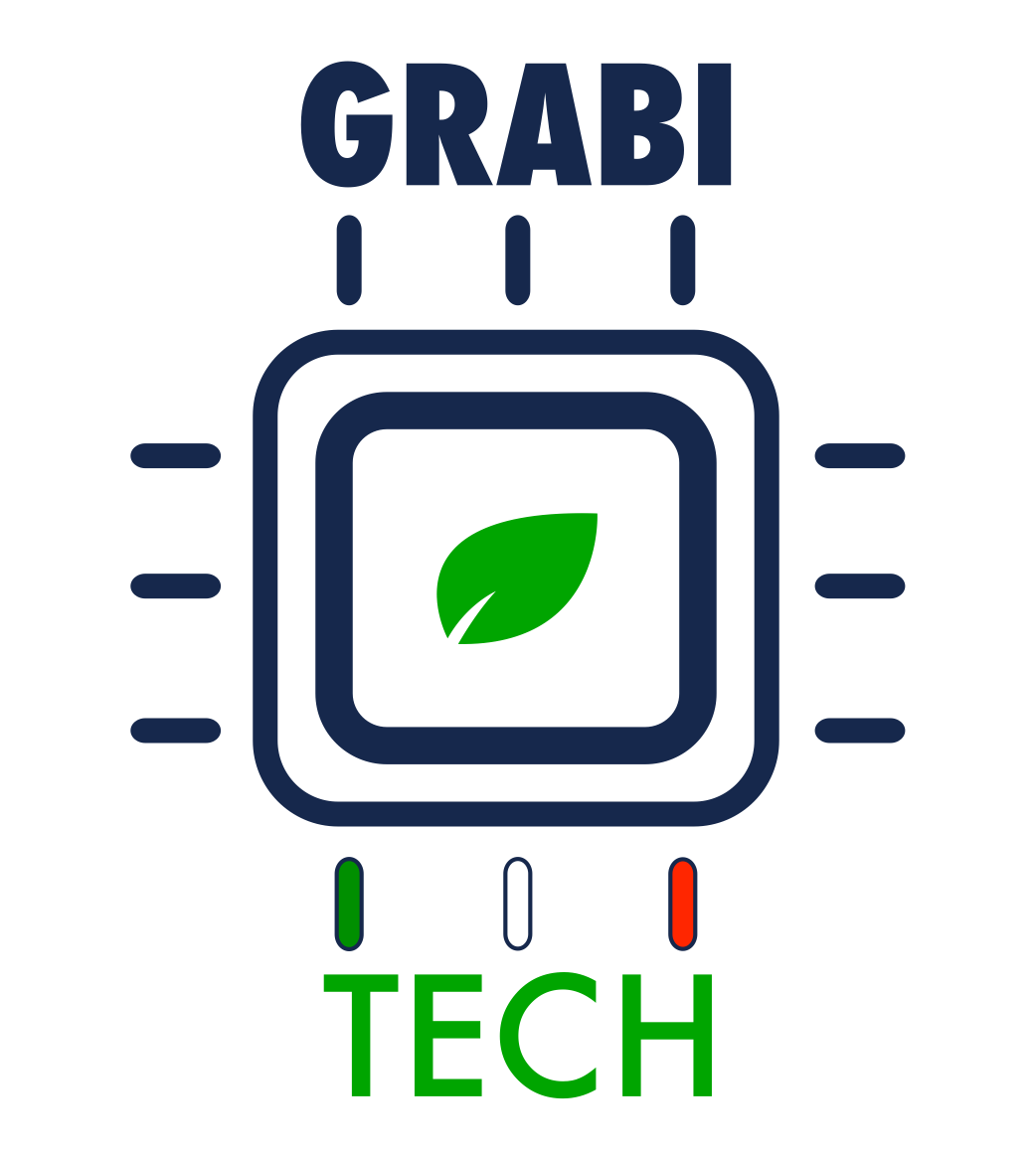
Thanks to GrabiTech and the several collaborations with labs and universities around Europe, Grabi Chemical takes advantage of these sciences which are used in many scientific fields. Lots of experiments and researches have been made to better understand many diseases and cures by studying the behaviour of specific genes of a living organism under particular stresses and events.
It has been 7 years that Grabi has been studying this science applied in the plants nutrition field. Several discoveries have been made by our company following a process of research that, after years, has allowed us to create a genomic biostimulant.
